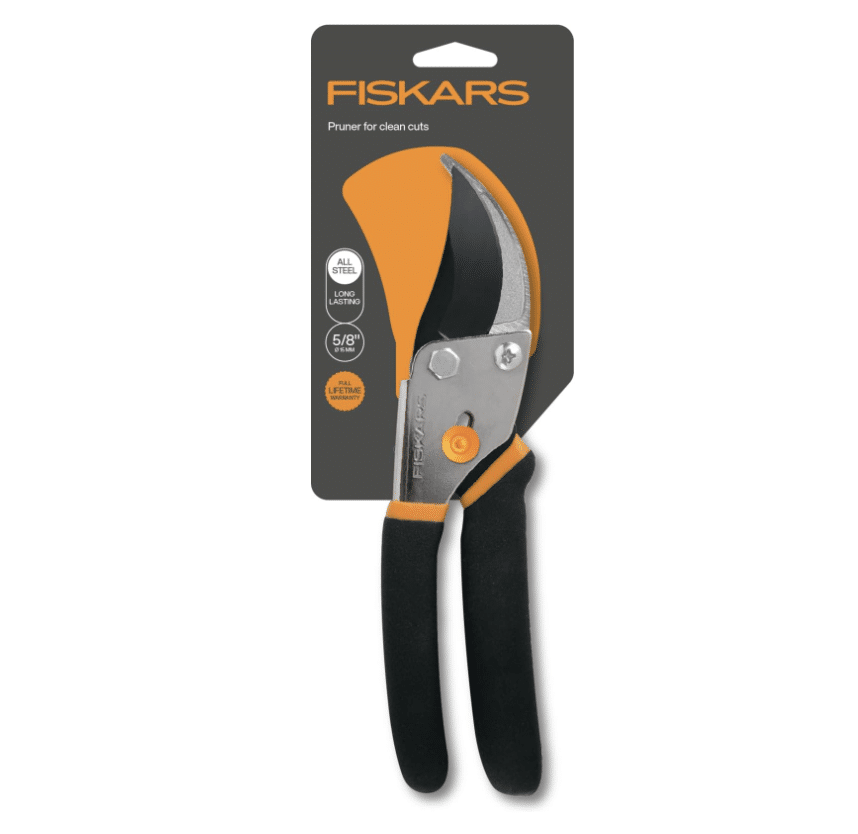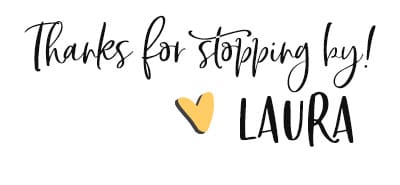How to Harvest Sunflower Seeds
Harvesting sunflower seeds is not only a delightful endeavor but also a rewarding one. These vibrant yellow flowers, with their towering stalks, hold within them a secret: a bountiful crop of nutritious and versatile edible seeds. Whether you want to enjoy them as a healthy snack, use them for planting new sunflowers, or save them for future use, learning how to harvest sunflower seeds opens up a world of possibilities.
This guide will explore the simple yet fulfilling process of harvesting these precious gems straight from nature’s sunniest creation.

Key Points For Harvesting Sunflower Seeds
- To know when to harvest sunflower seeds, look for signs of maturity, such as wilting and browning petals, to determine when the seeds are ready for harvest.
- Use clean, sharp tools to cut the heads from the hard, thick stems quickly.
- Cut below the stem of the flower head to provide a longer stem for easier handling.
- Rinse and clean the flower head, place it over a container, and gently rub the seeds away from the flower.

Identifying the Right Time to Harvest Sunflower Seeds
To determine the optimal time for harvesting sunflower seeds, start by observing the back of the sunflower head. Look for signs of maturity, such as drooping and drying petals.
Timing is crucial. Harvesting too early may result in underdeveloped or immature seeds while waiting too long can lead to loss or damage due to birds or other animals feasting on them.
How to Identify Ripe and Ready Sunflower Seed Heads
Checking Seed Firmness: A simple yet effective method to determine if sunflower seeds are ready for harvest is by checking their firmness. Gently press a few seeds between your fingers. If they feel firm and plump, it means they have reached maturity and can be harvested.
Monitoring Color Change: Another way to gauge seed readiness is by watching the color change in the center disk of the sunflower head. Initially, this disk appears green, but as it matures, it will gradually turn brown. This color change signifies that the seeds have developed fully and are ready to be harvested.
Outer Bracts Turn Yellow-Brown: The outer bracts on the backside of the flower head will change their color from vibrant green to a yellow-brown shade.
Florets Easily Fall Off: When lightly touching the sunflower head, pay attention to how easily the individual florets fall off. If they detach effortlessly, most seeds have fully developed and are ready for harvesting.
Wilted and Dried Petals: On the front side of the sunflower head, you’ll notice that most petals have wilted and dried up.
By observing these signs, you can ensure that you harvest your sunflower seeds at just the right moment when they’re fully ripe and packed with flavor. Remember to handle them gently during harvesting to avoid any damage.

How to Harvest Sunflower Seeds – Step-by-Step Method
Step 1: Cut off the sunflower head using sharp pruning shears or scissors. To begin harvesting sunflower seeds, you’ll need a pair of sharp pruning shears or scissors. Carefully cut off the sunflower head from the stem. Leave a few inches of stem attached to the head for easier handling.
Step 2: Remove excess leaves around the head to expose the seeds. Once you’ve detached the sunflower head, take a moment to remove any extra leaves surrounding it. Tidying up the mature flower will help expose the seeds and make them easier to access during harvesting.
Step 3: Gently rub or brush away any remaining debris from the head surface. After removing the excess leaves, gently rub or brush away any remaining debris from the surface of the sunflower head. Debris can include dirt, small insects, or other particles that may have accumulated on its surface. Be careful not to damage the seeds while doing this.
Step 4: Place a container underneath to catch loose seeds that may fall during harvesting. Placing a container underneath the sunflower head is a good idea to ensure you don’t lose any seeds during harvesting. A container will help catch any loose seeds that may fall as you work on removing them from their protective covering.
Remember, It’s important to handle them carefully and watch for any signs of spoilage or damage. By following these steps, you’ll be well on your way to enjoying your homegrown sunflower seeds!

Fun Tip: Did you know sunflowers can have anywhere from 1000 to 2000 seeds per flower head?
Proper Techniques for Cutting and Collecting Sunflower Heads
Affiliate Disclosure
This post may contain affiliate links. If you click one and purchase, I may receive a commission at no additional cost. You can read our disclosure policy here.
Using the proper techniques is essential. You want to collect the seeds efficiently without damaging the flowers or yourself. Here are some tips to help you harvest sunflower seeds effectively:
Use Clean, Sharp Tools: To prevent damage to the flowers (if they are brittle, they may fall apart) and make your task more accessible, it’s crucial to use clean, sharp tools. A good sharp knife or a pair of pruners will do the trick. Blunt tools can crush the stems or tear the flower heads, making it difficult to collect the seeds.
A good Pair of Pruners is a must for every gardener!
#1 best-selling pruners

Cut Below the Flower Head Stem: When cutting sunflower heads, aim to cut at least 12 inches below the stem of the flower head. A longer stem makes for easier handling later on. It also helps prevent accidental damage to nearby flowers or leaves during cutting.

Hold Onto Sturdy Stems: Hold onto sturdy stems firmly while cutting sunflower heads. This will prevent them from breaking prematurely and ensure you have intact flower heads for seed collection. Cut with a smooth motion close to ground level, avoiding any jerky movements that might cause unnecessary damage.
Collect Multiple Flower Heads Together: Instead of collecting each flower head individually, gather multiple flower heads together in a basket or bucket before moving on. Picking multiples saves time and allows for more efficient seed collection. Plus, it prevents any lost seeds along the way.

By following these proper techniques for cutting and collecting sunflower heads, you can harvest your sunflower seeds successfully without causing harm to yourself or your plants.
Fun Fact: Did you know The tallest sunflower on record reached over 30 feet in height, and the largest sunflower head had a diameter of 32.75 inches! That’s a LOT of sunflower seeds.
https://www.guinnessworldrecords.com/world-records/73785-largest-sunflower-head
How Long Do Roasted SunFlower Seeds Last?
Roasted sunflower seeds can last for quite a while if stored properly. When stored in an airtight container or a resealable freezer bag in a cool, dry place, roasted sunflower seeds can typically remain fresh for several months to a year. It’s important to keep them away from moisture and exposure to air, as these factors can cause them to become stale or rancid more quickly.
If you want to extend their shelf life, you can also store them in the refrigerator, which can help keep them fresh for even longer. However, remember that their flavor and texture may deteriorate over time, so it’s best to consume them within the recommended timeframe for the best taste and quality. Before consuming them, always check for signs of spoilage, like a rancid smell or taste.
- Learn More: See our step-by-step guide for cleaning and roasting delicious sunflower seeds!
Saving Sunflower Seeds for Planting
Choose the healthiest, most robust seed heads to save sunflower seeds for planting. Air-dry the seeds for approximately two weeks and store them in labeled, ventilated containers in a cool, dark place. Follow these steps to increase your chances of growing beautiful homegrown sunflowers year after year.
- Learn More: We created a detailed guide to explain the best practices for seed saving so you can cultivate a seed vault all your own.

How Long Do SunFlower Seeds Last Before They Will No Longer Germinate?
The viability of sunflower seeds for planting can vary depending on factors such as storage conditions and the seeds’ age. In general, sunflower seeds intended for planting can remain viable for about 1 to 3 years when stored properly. Proper storage is crucial in maintaining their viability.
Summary: Harvesting your own sunflower seeds
Now, it’s time to enjoy the fruits of your labor! Roast sunflower seeds and store them for a delightful snack anytime. And remember, if you want to continue growing sunflowers in your garden or share the joy with others, save some seeds for planting and replanting.

Learn More about Growing SunFlowers:
We love growing sunflowers and adding them to our garden and around our acreage yearly, mostly to help feed the birds and wildlife and keep them out of our primary garden. But we also grow sunflowers for their food for us! Check out our sunflower growing guides to get you started growing these wonderful flowers:
- How to Grow Sunflowers: Everything You Need to Know
- Guide to Fertilizing Sunflower Plants
- All About Sunflower Growth Stages
- Top Dwarf Sunflower Varieties
- How Long do Sunflowers Take to Grow?
- When to Plant Sunflowers
- How To Grow a Thriving Wildflower Garden
- All About the Benefits of Sunflowers in Your Garden
- Growing Microgreens Indoors – Sunflowers make wonderful microgreens that are sweet and nutritious!
FAQs
Can I eat raw sunflower seeds?
Yes, raw sunflower seeds can be eaten and are often used as a topping or ingredient in various dishes. However, many prefer roasted sunflower seeds for their enhanced flavor and texture.
Can I plant store-bought sunflower seeds?
You can plant store-bought sunflower seeds if they are not roasted or salted. Look for organic or untreated varieties for better chances of successful germination.
Should I remove the shells before eating sunflower seeds?
Sunflower seed shells are edible but can be tough and fibrous. Many choose to crack open the shells with their teeth or use shelled (kernel-only) varieties for easier consumption.
Are there different types of sunflowers for seed harvesting?
Yes, there are various types of sunflowers bred explicitly for seed production. Some have larger seeds, while others are specifically grown for their oil content. Choose a variety that suits your preferences and intended use.





